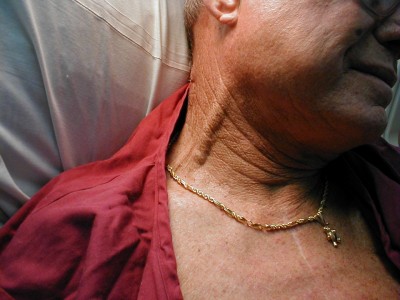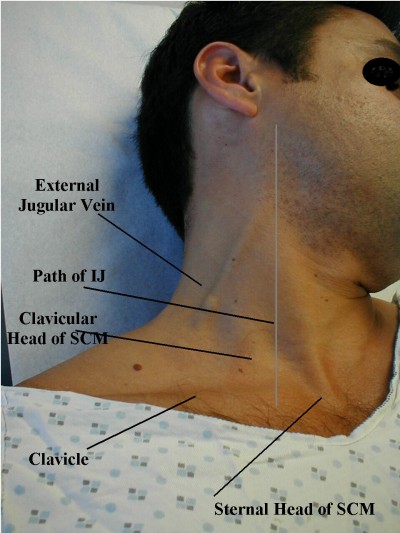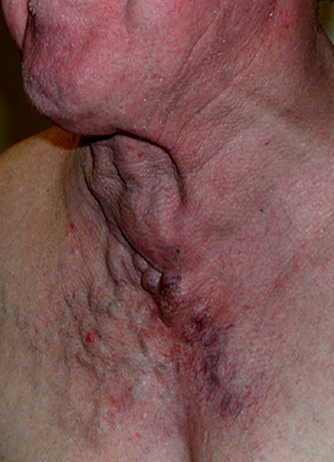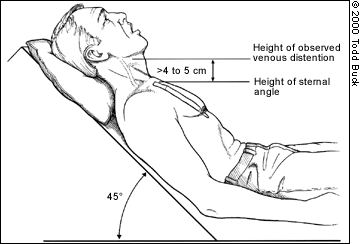I sometimes wonder if men have a disadvantage. The tender and comforting thing doesn’t come as naturally to many of us. Genes, I suppose; we were busy hunting the wooly mammoth while the babies were being nursed.
But as I’m wont to harp upon, in my opinion, one of the most important treatments EMS can offer is simply comforting its patients in their worst times. Most of our patients aren’t dying. A few are. The one trait shared by both categories is that they’re all having a hard time. And with a deft human touch, we can usually help. Just being alive is the indication for that intervention.
A gentle word, a listening ear, going the extra mile — it’s all worth something. But there’s one trick that every seasoned EMT knows, and it’s this: a warm blanket can cure all ills.
Somewhere within every emergency department, tucked somewhere in a corner, there stands a shiny metal refrigerator-like device called a blanket warmer. It’s essentially an electric oven. Busy nurses and techs toss in blankets, shut the door, and before long they’re warmed through to a preset temperature. Which is: Toasty.
This may sound banal. But warm blankets are amazing.
I can’t count how many patients I’ve assessed, treated, and transported, where in the end I was confident that the best thing I did for them was cover their body with a warm blanket. It’s balm for the soul. Never mind that most of our patients are old, diabetic, anticoagulated, and have the blood pressure of a wet towel. Never mind that the rest are acutely sick or injured, distressed, hurt and often alone. Never mind that they may have come in from the street, on a night when the weather’s had you bundled up in your winter coat. And never mind that hypothermia promotes tissue hypoxia and coagulopathy.
The simple fact is that the ER is an uncomfortable, unpleasant, physically and emotionally cold place, and it’s worse when you’re sick enough to get there by ambulance. We have to deliver our patients into this nasty place, but at least we can try and make it a gentle experience. Sadly, we usually can’t bring them hot chocolate, give them a footrub or play smooth jazz. But warm blankets we can do.
Let me tell you, too, that no patient has ever issued a complaint or filed a lawsuit against an EMT when his last actions were to smile, cover her with a warm blanket, shake her hand, and wish her luck. True fact.
But lawsuits aside, this is just the easiest way in the book to ease someone’s suffering. And ain’t that something that comes with the patch?







Recent Comments